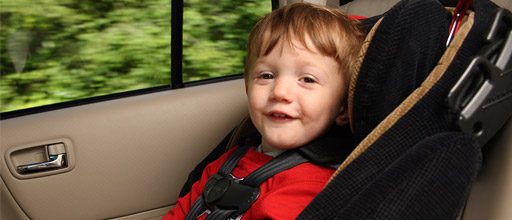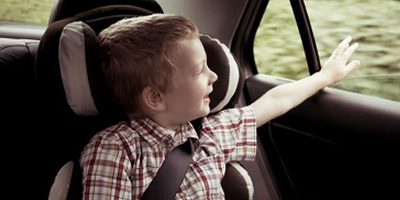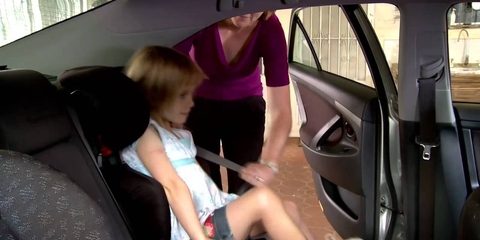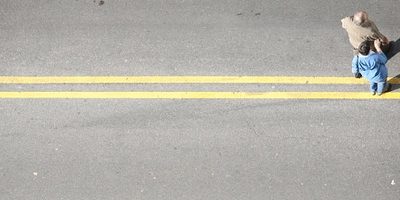
More kids are being buckled up
Study shows rise in appropriate car restraints for children aged 2 to 5 since 2010 legislation was introduced, however researchers calling for more targeted education.
Children aged two to five years old are now 2.3 times more likely to be secured by appropriate child restraints since mandatory child car restraint legislation was introduced in New South Wales in 2010, a study has revealed.
The study, by The George Institute for Global Health and Neuroscience Research Australia (NeuRA), investigated the use of child car restraints of 107 children from 15 locations pre-legislation, and 360 children from 14 sites post-legislation. The sites included pre-schools, early learning centres and primary schools.
Children observed post-legislation were 2.3 times more likely to have an age appropriate car restraint. Estimates show this could equate to an expected reduction in fatal injuries of about 10 per cent and a reduction of non-fatal injuries by approximately 25 per cent.
Lead author, Dr Julie Brown, from NeuRA says, "The study has shown a significant change in practice since legislation was introduced in 2010, which is extremely positive.
“Injury is the leading cause of death for children aged 1 to 14 years, and a large portion of these fatalities involve cars, so it’s critical that Australian parents are doing everything they can to protect their children while in a moving vehicle,” added Dr Brown.
The study focused on local government areas in suburban Sydney with a low socio-economic status – within the lowest 30 per cent of the city – as appropriate restraint use has previously been reported to be lower than in wealthier sectors.
Child road safety expert, Dr Lisa Keay of The George Institute for Global Health and The University of Sydney, said the study reiterated the need for ongoing programs to educate parents.
“While the results show that parents are taking positive steps, and appropriate restraint use appears to have risen, about one quarter of children were still not using the right sort of restraint for their age. This highlights the need for ongoing educational initiatives and community led programs to ensure that all children use restraints that are suitable for their age,” said Dr Keay.
Australian laws introduced in the 1970s requiring children to use some form of restraint saw use among children in New South Wales increase from 30 per cent to 60 per cent immediately following introduction of the legislation, however restraint use dropped back to 40 per cent not long after. Ongoing targeted educational efforts reversed this and eventually led to the high rates of use we see among children in cars today.
“Greater funding for opportunities to create educational programs across the country is key to ensuring more children move into the most appropriate restraint for their age and importantly that we don’t see complacency, like we’ve seen in the past,” added Dr Keay.
The George Institute and NeuRA ran and evaluated a car restraint safety program called Buckle-Up Safely, which aimed to enhance the correct use of child restraints through community level, supportive education programs for families during pre-school years. Benefits were shown for appropriate restraint choices and correct use of restraints beyond that achieved by legislation.
Director of Merrydays Kindergarten and mum of three, Michelle Hansen took part in the research project to pass on car restraint education to parents and their children around the Parramatta area.
“We have been using practical, hands on approaches to child car safety at our kindergarten, and have found that children pass on messages very effectively to their parents and form a safe buckle up habit from a young age,” said Ms Hansen.
Some simple steps to achieve a safe buckle up include: securing the car seat properly, using an age appropriate car seat and ensuring straps are correctly fastened.







